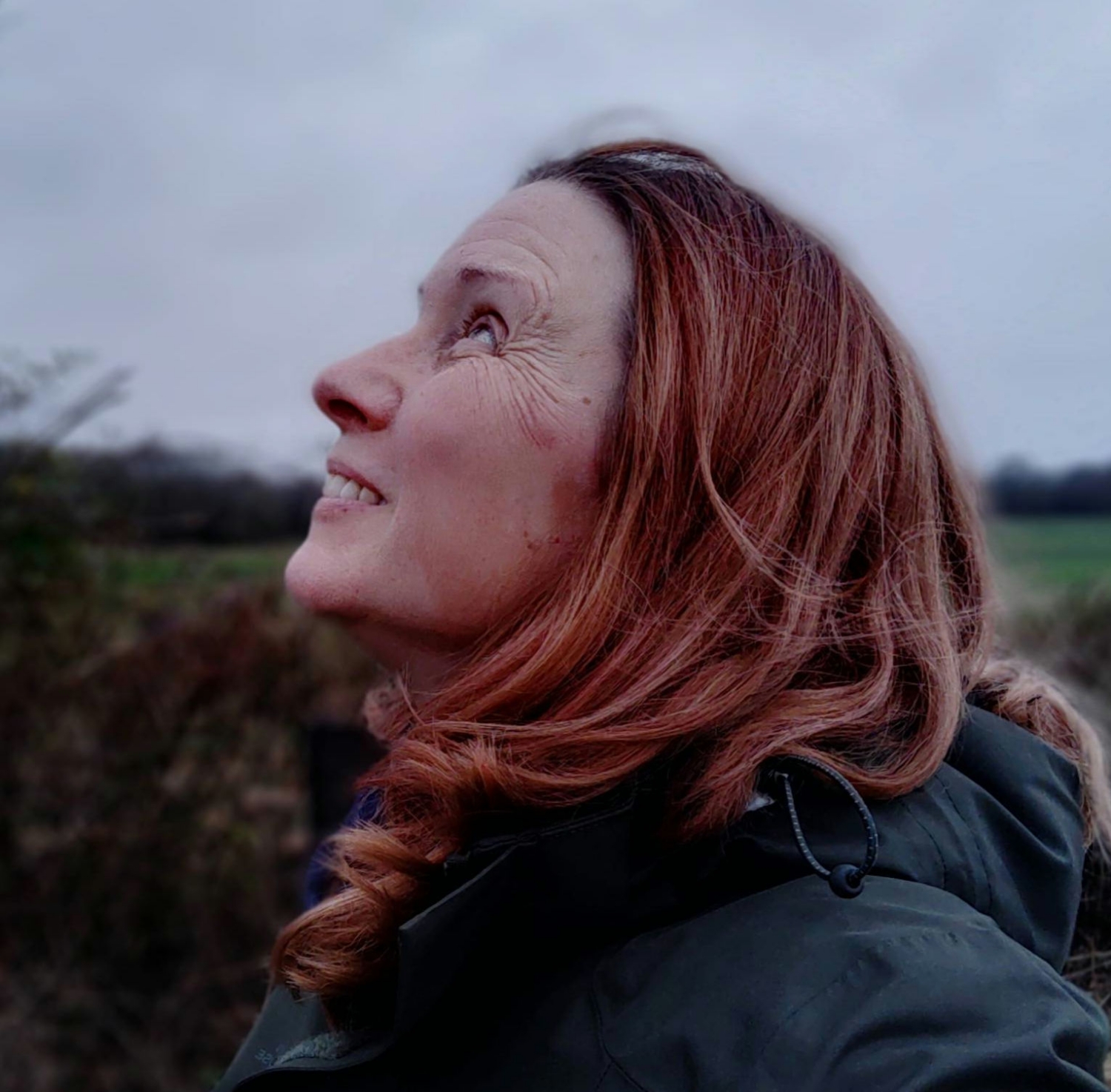Lagomorphs & Lockdown
- Dawn Nelson

- Jun 3, 2020
- 3 min read

Nature Notes published in the Hambledonian June/July edition:
Before lockdown I was regularly walking out to somewhere where I could sit and observe nature. I called this my ‘Long Sit’. One occasion took me to Beckless Copse where I was delighted to sit and watch a family of roe deer eating a late breakfast. Whilst sat there observing the deer, a magnificent juvenile buzzard tried to convince me he was a peregrine falcon but alas, on closer inspection, he was not, despite the finery of his plumage. On the walk back across the fields near Chidden I saw skylarks and several yellow hammer singing. On the old stumps of trees, left behind from the winter, grew mushrooms; plenty of King Alfred’s Cakes, which can be used as fire lighters if you find yourself needing one. Dog violets and primroses lined the verges and spring was in the air.
On a walk up Speltham Hill I could hear Great Spotted Woodpecker’s drumming to each other and Green Woodpeckers cackling. If you listen for the Green Woodpecker, you might spot them come down to the ground to thump on the grass with their feet and shake out the bugs from their earthy hideouts.
March also saw me make start before dawn to go out hare spotting and I did indeed catch a glimpse of these elusive animals. They are a wonder to behold and I found them in the fields bordering the Long Road on the way to Soberton. Most recently I spotted one at the top of Speltham Hill in the corner field beside Pit Hill Lane.
Just before lockdown we had the delight of seeing a tree creeper sifting through the moss on a brick wall at Petworth Park and during a walk along the river Itchen at Alresford, we were joined by egrets, redwings, pheasants, partridges, kestrels, bull finch, yellowhammer and greenfinch.
Now lockdown is here, we have been content, as a family, to take a stroll through the local fields and hedgerows to see what we can find. In the copses and woodland around the village, the bluebells are out in all their glory in amongst the wild garlic. Painted ladies, orange tips, brimstones, holly blues and tortoiseshell butterflies are easy to spot at the moment too. On Back Lane there is a little group of ashy mining bees. Mainly a solitary bee these can sometimes be found in colonies and it certainly seems that’s what they have done on Back Lane. We’ve also had great fun hunting for dock beetles, a tiny yet stunning little beetle found on, yes you’ve guessed it, dock leaves. It’s a bright green beetle about the size of a pinhead and at this time of year the females are easier to spot as their abdomens are swollen with eggs.
In our back garden the resident wren has kept us most amused in the dusky twilight of the evenings as it comes to sit on the top of the fence, its golf ball body and tiny tail bob bob bobbing to us through the window. I suspect simply looking at its own reflection, but I like to think it’s coming to say hello to us too.
Even in a time of lockdown there is still plenty of opportunity to connect with nature and I continue to make new discoveries and learn more and more about our wonderful wildlife.
Heartfelt thanks goes to Doug Rose–Smith who has been writing these notes for the last fifteen years. They are mighty big boots to fill and I hope you have enjoyed my first edition of nature notes.
As a storyteller and I love to read and tell stories that reconnect us with nature and so I thought I’d make a recommended read part of Nature Notes. My book for June/July is ‘Dancing With Trees’ by Alison Galbraith and Alette J. Wills; a selection of tales from the British Isles that use nature to teach us about ourselves and the world around us. Enjoy!



Comments